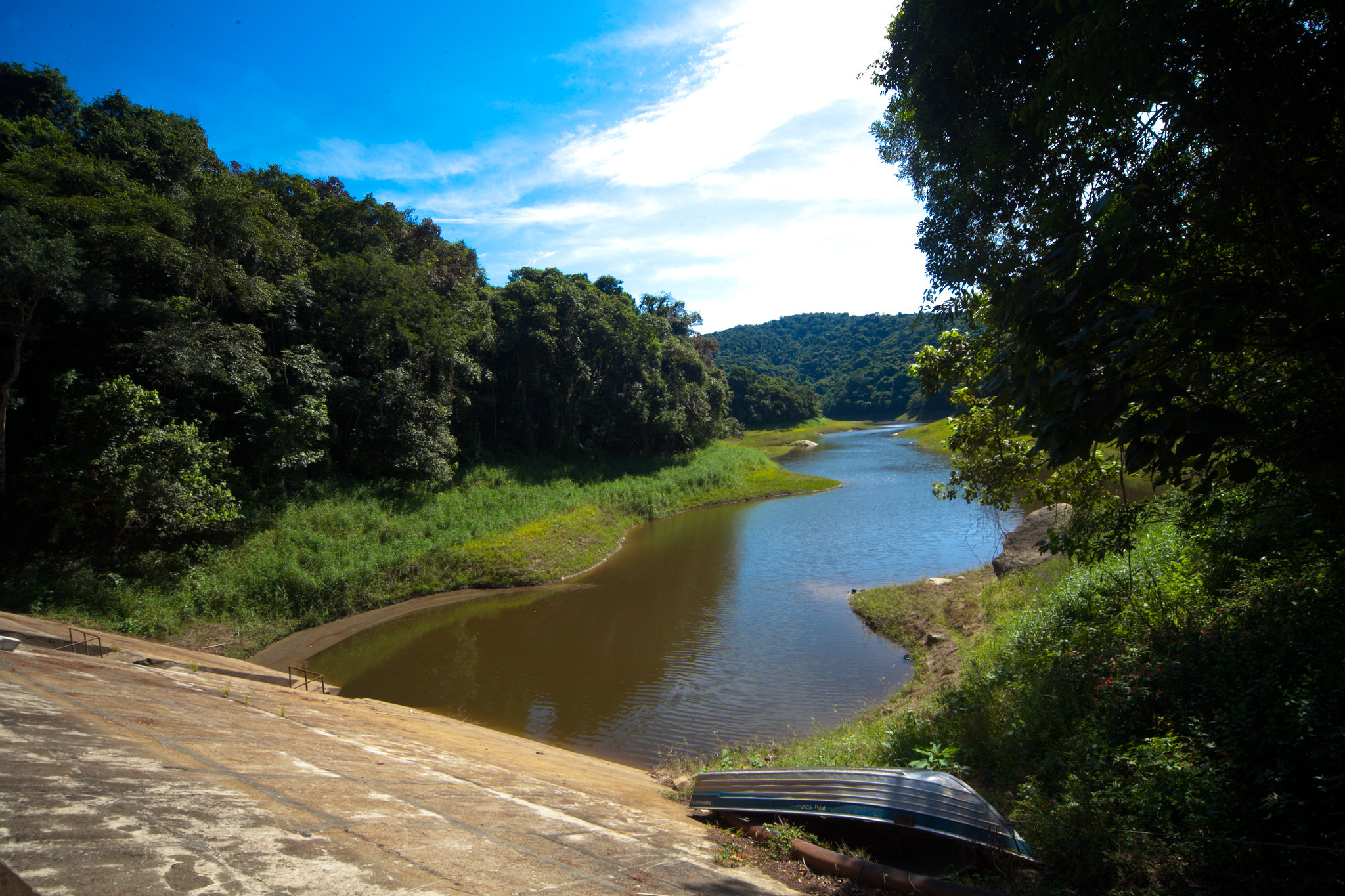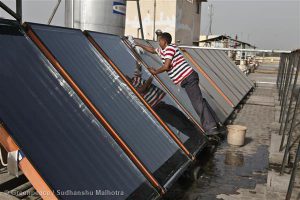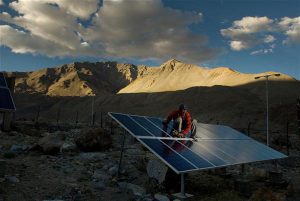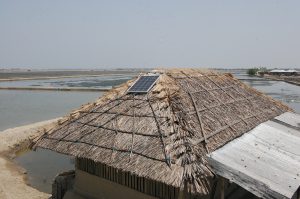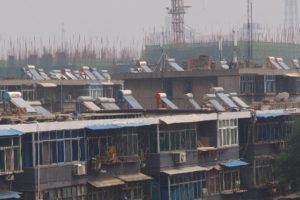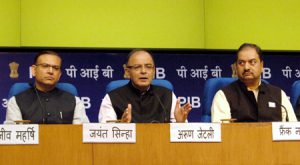Brazil’s largest cities face the prospect of water rationing as the country’s worst drought for over 80 years means reservoirs are almost completely dry, giving further resonance to claims that the cutting down of trees has changed Brazil’s weather and reduced rainfall.
As water shortages worsen, Antonio Nobre, one of Brazil’s leading climate change scientists, has become increasingly vocal in his view that Brazil’s loss of forest cover from the Amazon and Atlantic rainforests is the main reason why southeastern cities are now experiencing severe drought.
“We are walking a line towards the abyss,” Nobre told Diálogo Chino, adding that the prolonged felling of trees had prevented the movement of rains to southeastern Brazil that previously replenished reservoirs and dams.
Nobre, who published a report on the subject late last year, said the government was guilty of “criminal procrastination” by not planting enough trees in the past decade, a move that could have prevented the big changes in Brazil’s weather systems that appear to be causing the drought.
The Brazilian government claims it has done much to slow deforestation since the turn of the 21st century, and disputes that the loss of tree cover is the main cause of the drought, pointing instead to global changes in the weather patterns brought about by climate change.
Meanwhile, aside from the scientific debate, city dwellers that face the prospect of water rationing appear want assurances on when water supply will improve, and appear increasingly critical of the role of politicians and state-owned water companies in the crisis.
Sao Paulo’s governor Geraldo Alckmin, who was accused last year of playing down the prospect of water rationing, last week acknowledged that water might only come out of the taps two days a week.
Around 60% of residents in Sao Paulo, Rio de Janeiro and Belo Horizonte – home to over 30 million people – say they are feeling the impact of the drought.
The crisis has prompted panic buying of bottled water, frantic digging of wells, huge disruption to small businesses and industry, and fears that hospitals won’t be able to carry out essential treatment such as dialysis.
Itau, one of Brazil’s biggest banks, says the implementation of water and energy rationing could reduce the country’s economic growth by 0.6 percentage points.
Water levels in the Cantareira system, a network of five reservoirs serving Sao Paulo controlled by the state’s waste management company SABESP, have shrunk to around 5% of total capacity, although smaller reservoirs that supply water to the city are less empty.
The water crisis has further stretched the patience of citizens who in over the past few years have protested about high inflation, a moribund job market, the cost of hosting last year’s football World Cup, shoddy infrastructure and unreliable public services.
Many blame the Sao Paulo state government and SABESP for neglecting to upgrade vital infrastructure including pipelines and waste water treatment plants. According to some estimates, the share of drinking water lost through leakage is put at around 37 percent.
Some in Sao Paulo have warned that they will have to leave the city if taps run dry, while power cuts are becoming increasingly frequent and prolonged in one of the world’s largest cities.
Brazil derives 70% of its energy from hydropower, and reservoirs feeding hydroelectric plants such as Itaipú, the world’s largest outside China, are also massively depleted.
China well aware of the cost of drought
The impact that Brazil’s rapid economic growth, migration to cities and lack of investment in infrastructure is also sounds a stark warning to other fast-growing urban areas about the high economic cost of drought.
Beijing, which is broadly similar in size to Sao Paulo, has already grasped the magnitude of the potential crisis that water shortages can pose to urban living and economic growth.
The Chinese capital will be one of the main beneficiaries of a US$80 billion water transfer project that diverts water from central provinces to the parched north, but some observers doubt that the huge network of canals and pumping stations will be insufficient to solve the crisis in the longer term.
China has also embarked an another huge environmental engineering project to help agriculture in dry areas. Its Great Green Wall tree planting programme aims at halting the match of deserts in northern provinces, but scientists are divided on whether the scheme will be effective.
This article had been first published by chinadialogue.net
